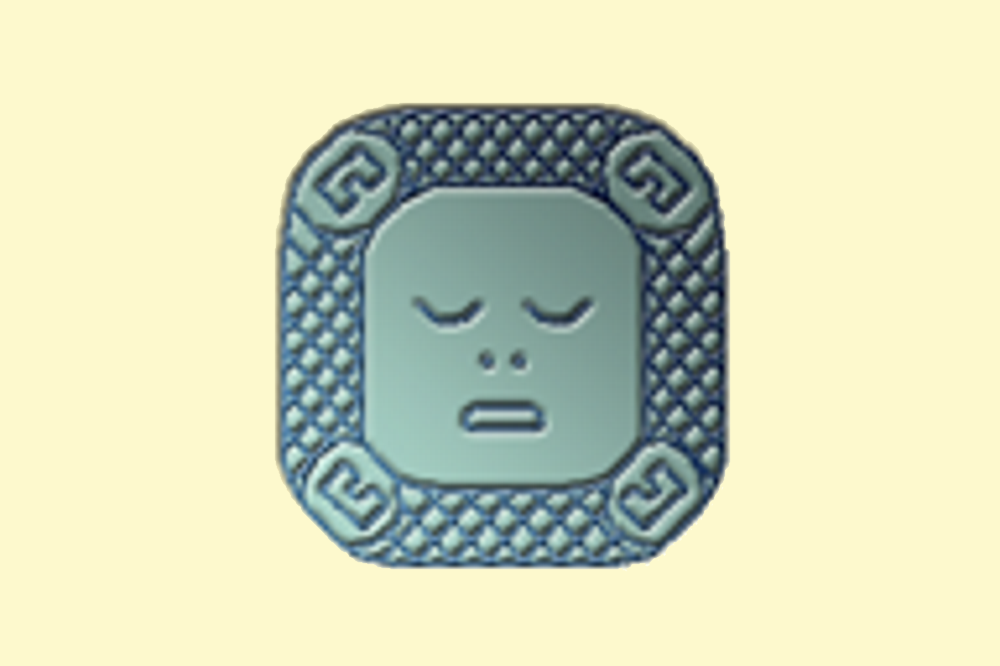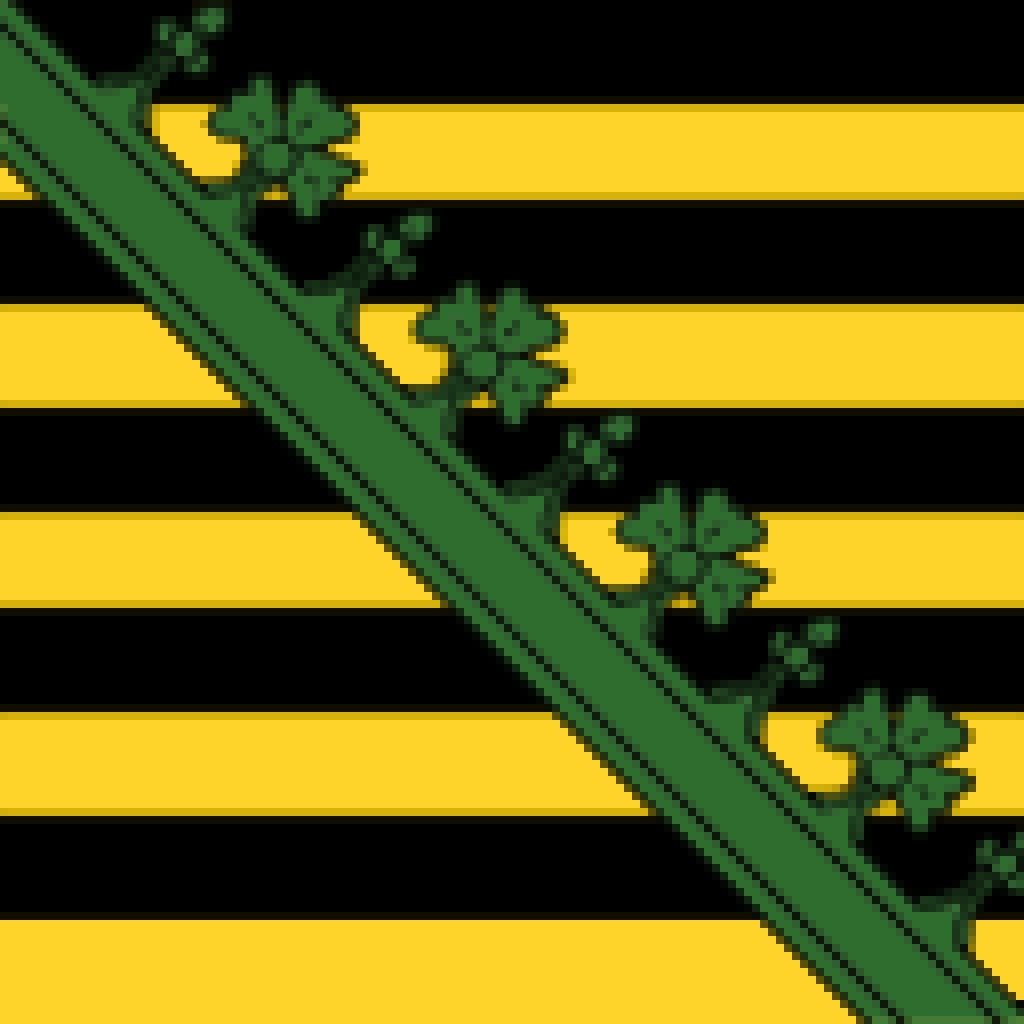

Lübeck sits at the confluence of the rivers Wakenitz and Trave. Add to that a nearly total wipeout of the once huge ship building industry in the 1990s and you have an economic crisis the city hasn't quite shaken off to this day. Ironically the end of the Cold War dealt a further blow to the city, as it lost its "border town" status that made it eligible for big subsidies. Despite efforts to boost commerce in the Baltic region, the city is still struggling from the Cold War era with a fragile economy that leads to a comparatively deteriorated infrastructure outside the picturesque city centre.
#Extended timeline wiki lübeck free
A curiosity in this area are Nandus, flightless birds native to South America that escaped in the early 2000s and roam free since. While it was preserved by happenstance and East Germany's attempt to shut its border airtight, there are now efforts to preserve this "green band" of wildlife all through Germany. The other thing you might notice is that there is a lot of (for Central European standards at least) untouched wildlife just outside the city to the east.

These were in fact holes that could be filled with explosives to destroy the bridge, should the Soviets ever attack. First, some bridges have something that looks like undersized manhole covers at either end. As a traveller you might notice two effects of the Cold War still visible today.

While most of the landmark buildings have since been restored, the New Lübeck has a lot less wood (for obvious reasons) and historic style residential buildings (mostly for financial reasons).Īfter World War II, the city was marginalised due to the nearby "Iron Curtain" which impeded access to many trading partners in the eastern Baltic, and even cut off two minor urban districts of the city. In the second world war Lübeck - not unlike Hamburg - was a target for allied (primarily British) bombings and in one particularly "successful" raid much of the densely built old town burned down. This led gradually to a noticeable decay in wealth and eventually inspired contemporary writers to draw a resigned picture of the city's residents, most famously in the novel Buddenbrooks by Thomas Mann, who earned a Nobel Prize for it in 1929. Lübeck used to control the trade in salt, and a group of Salzspeicher (salt stores) can still be seen right next to the HolstentorĪfter sea trade substantially shifted away from the Baltic Sea to the Atlantic in the 17th century, Lübeck was slowly marginalised as a trading city against the North Sea ports of Bremen and especially Hamburg. The most notable being the seven spires that form Lübeck's medieval "skyline" but also a range of more or less secular buildings, including the Heilig Geist Hospital (despite being built as a hospital, it cites the Holy Spirit in the name, so whether it is a secular building is debatable) and the medieval town hall. Lübeck is perhaps Germany's finest example of "brick Gothic" architecture, which uses the locally available brick (as opposed to "proper" stone, which was not available to medieval builders in northern Germany) to produce quite stunning buildings.

Most notable is the Holsten Gate ( Holstentor) which was the motif on the German 50-Deutsche Mark banknote prior to reunification, when the bills were redesigned. Lübeck is surrounded by parts of the old city walls with two of the original four city gates left. The city centre's medieval skyline, mainly composed of seven Gothic-style church towers, is still intact. It is now listed as a UNESCO World Heritage site. The old town ( Altstadt) of Lübeck, although considerably damaged during the Second World War, has survived from medieval times in a pretty much unchanged or truthfully rebuilt form. The Holstentor in Lübeck, the city's most prominent symbol


 0 kommentar(er)
0 kommentar(er)
